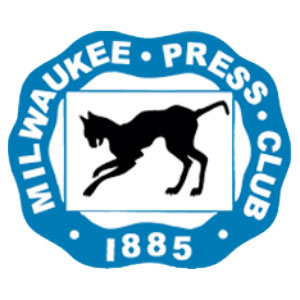Weekly Fiscal Facts are provided to Wisconsin Newspaper Association members by the Wisconsin Policy Forum, the state’s leading resource for nonpartisan state and local government research and civic education. The Wisconsin Policy Forum logo can be downloaded here.
In a state where most higher education institutions are struggling to address financial and enrollment challenges, the University of Wisconsin-Milwaukee faces some of the greatest difficulties of all.
UW-Milwaukee has experienced an especially steep enrollment drop in recent years. This exacerbated the effects of an eight-year tuition freeze and lagging state funding, forcing cuts to faculty, eroding reserves and research spending, and threatening efforts to raise retention and graduation rates. COVID-19 has only added to those difficulties.
Yet despite these and other challenges, there are still some encouraging signs at UWM, a recent Wisconsin Policy Forum report found.
Since 2000, UWM has doubled its number of health degrees and nearly tripled its number of Science, Technology, Engineering, and Math (STEM) degrees. Students also now require fewer credits and less time to graduate.
UWM also serves the largest number of Black, Latino, and Southeast Asian students and the most students with military or veteran status of any UW System campus. In recent years, six-year graduation rates for students seeking a UWM bachelor’s degree have improved for all students, including underrepresented minorities. Yet disparities in retention and graduation rates remain great for students of color.
The Forum report, commissioned and partially funded by the UWM Foundation, also examines possible policy responses that state and UW System leaders might consider in response to issues facing UWM — though it does not endorse any specific course of action. Measures that could be considered by UW System and state leaders include:
- Finding targeted areas to increase state funding to UWM or student financial aid.
- Allowing tuition to rise subject to some benchmark such as inflation or the increase adopted by a group of select peer schools.
- Boosting enrollment by continuing to expand online instruction and supporting students of color and low-income students more effectively.
- Considering ways to streamline UWM’s operations either to save money or to improve collaboration among different actors on campus.
This information is provided to Wisconsin Newspaper Association members as a service of the Wisconsin Policy Forum, the state’s leading resource for nonpartisan state and local government research and civic education. Learn more at wispolicyforum.org.



